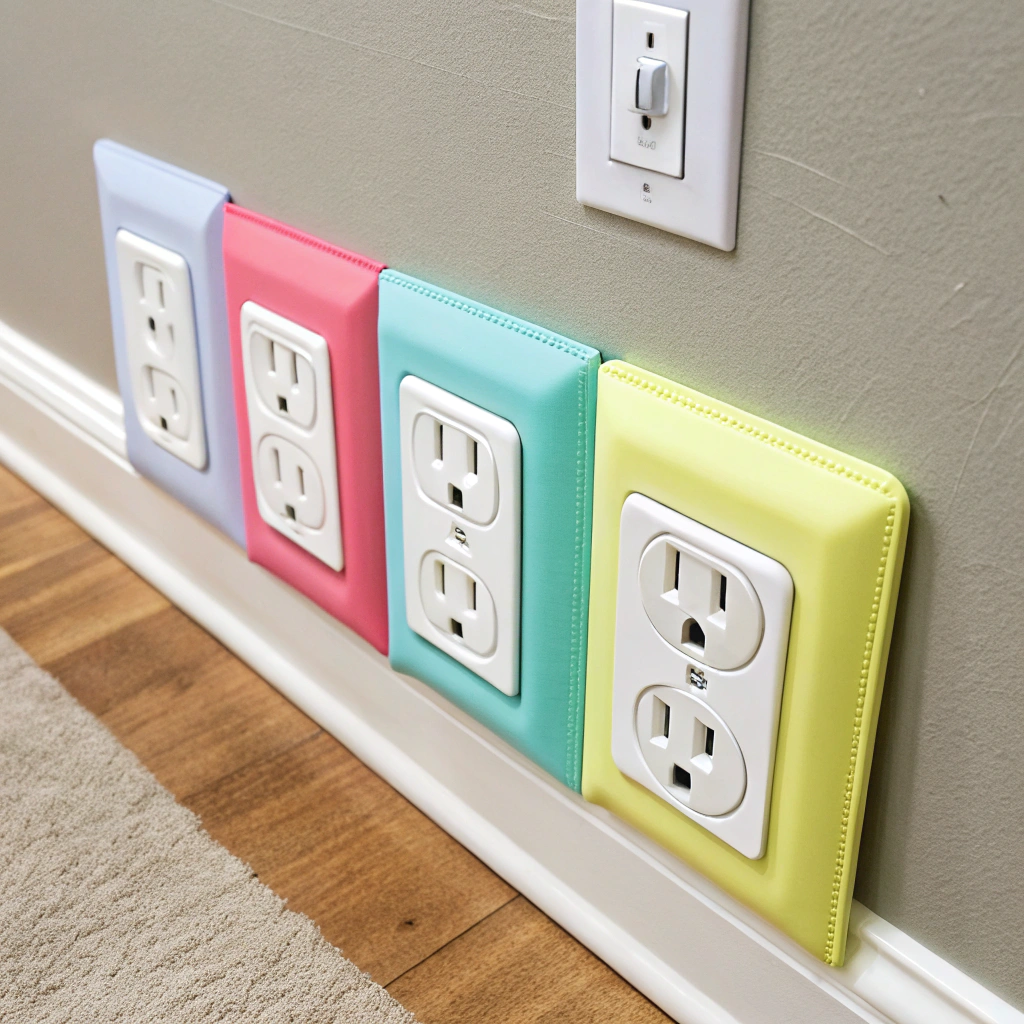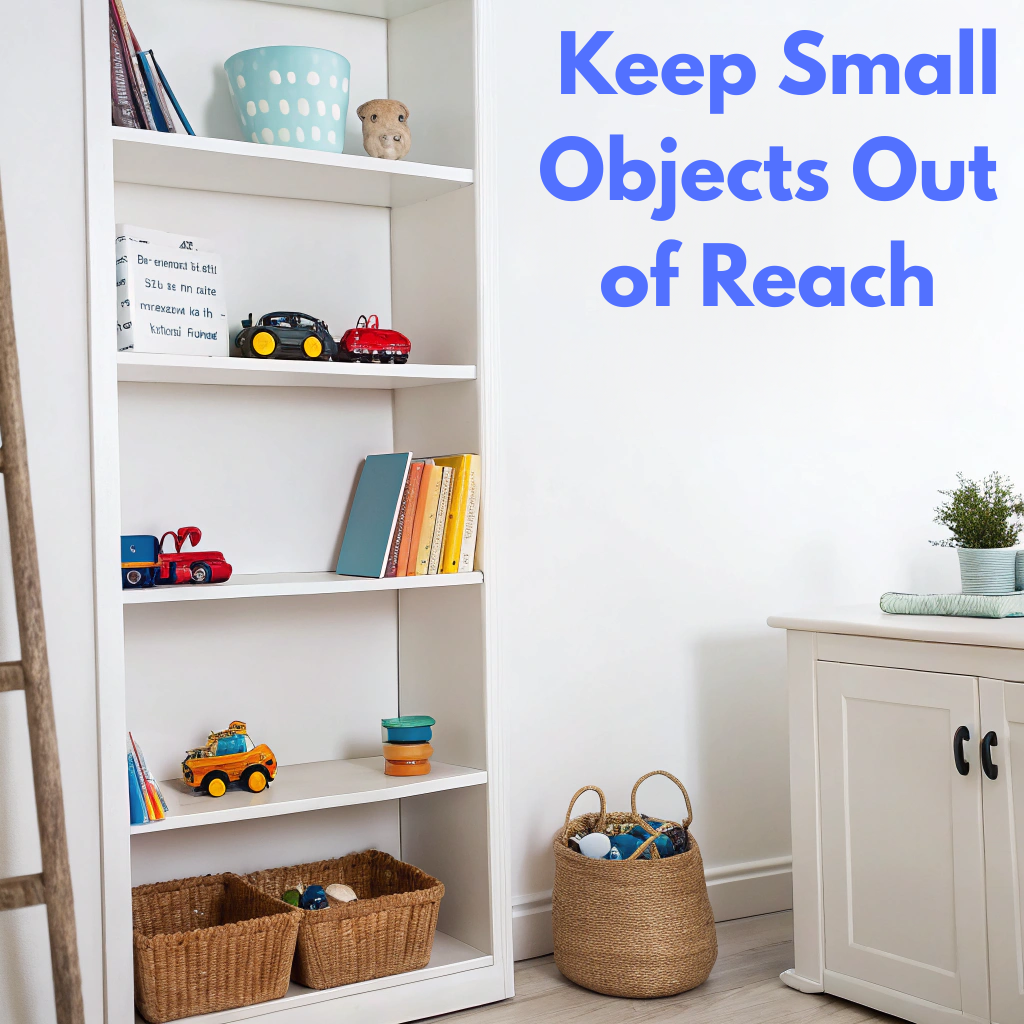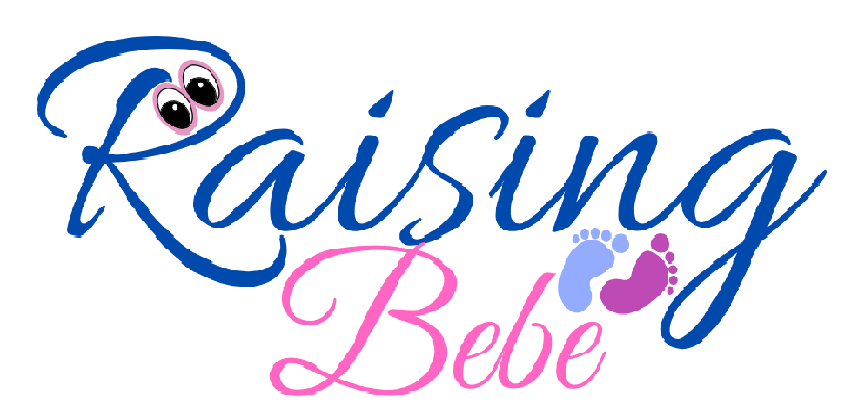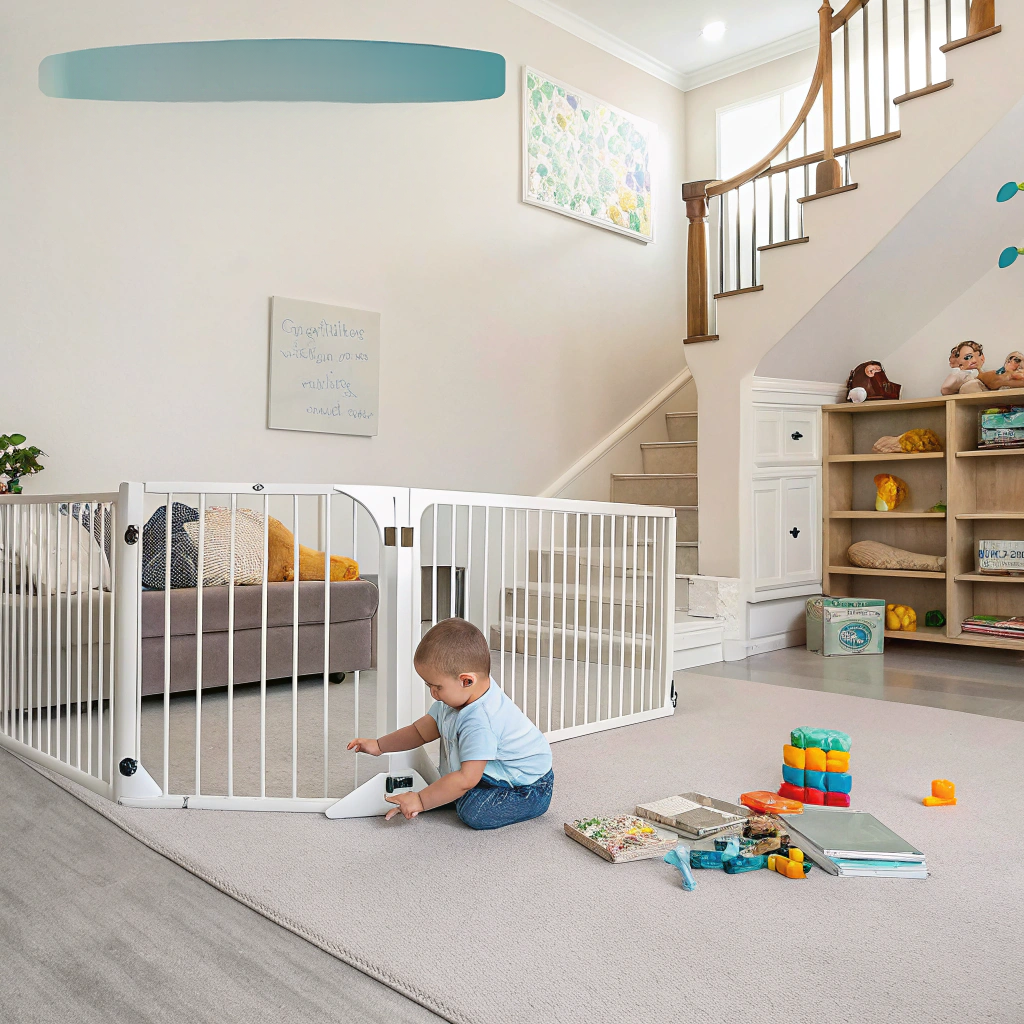Bringing a baby into your home is an exciting and life-changing experience. As your little one begins to explore their surroundings, it’s essential to ensure that your home is a safe and secure environment. Baby-proofing your home may seem overwhelming at first, but with a systematic approach, you can create a space that allows your child to explore safely. Here’s a step-by-step guide to help you baby-proof your home effectively.
1. Start with a Baby’s Eye View
Get down on your hands and knees and crawl around your home. This will help you identify potential hazards from your baby’s perspective. Look for sharp edges, small objects, electrical outlets, and anything else that could pose a risk.
2. Secure Furniture and Heavy Items
Babies love to pull themselves up on furniture, which can lead to tipping hazards. Secure bookshelves, TVs, dressers, and other heavy furniture to the wall using brackets or anchors. Ensure that any unstable items are out of reach.
3. Cover Electrical Outlets

Electrical outlets are a major hazard for curious babies. Use outlet covers or safety plugs to prevent your child from inserting fingers or objects into them. For added safety, consider installing sliding outlet covers that automatically close when not in use.
4. Install Safety Gates
Safety gates are essential for blocking off stairways, kitchens, and other areas that may be dangerous for your baby. Choose hardware-mounted gates for the top of stairs for maximum security, as pressure-mounted gates may not be sturdy enough.
5. Lock Cabinets and Drawers
Babies are naturally curious and will want to explore every cabinet and drawer within reach. Use childproof locks or latches to secure cabinets, especially those containing cleaning supplies, medications, or sharp objects.
6. Soften Sharp Edges
Coffee tables, countertops, and furniture with sharp edges can be dangerous for a crawling or toddling baby. Use corner guards or edge bumpers to cushion these areas and reduce the risk of injury.
7. Keep Small Objects Out of Reach

Small items like coins, buttons, batteries, and toys with detachable parts can pose a choking hazard. Store these items in locked drawers or high shelves, and regularly check the floor for any small objects your baby might find.
8. Secure Cords and Blinds
Window blind cords and electrical cords can be strangulation hazards. Use cord shorteners or wind-ups to keep them out of reach, and consider switching to cordless blinds for added safety.
9. Anchor Rugs and Use Non-Slip Mats
Loose rugs can be a tripping hazard for both parents and babies. Secure rugs with non-slip pads or double-sided tape. In the bathroom, use non-slip mats to prevent falls.
10. Install Door Stoppers and Finger Guards
Doors can slam shut and pinch little fingers. Install door stoppers or finger guards to prevent accidents. You can also use door knob covers to keep your baby from entering unsafe rooms.
11. Monitor Water Safety
Never leave your baby unattended near water, even for a moment. Use toilet locks to prevent drowning hazards, and set your water heater to 120°F (49°C) or lower to avoid scalding.
12. Check for Poisonous Plants
Some common houseplants can be toxic if ingested. Research your plants and remove any that could be harmful. Keep all plants out of your baby’s reach.
13. Store Medications and Cleaning Products Safely
Keep all medications, vitamins, and cleaning products in locked cabinets or high shelves. Even items that seem harmless, like lotions or mouthwash, can be dangerous if ingested.
14. Be Mindful of Pet Safety

If you have pets, ensure their food, water bowls, and litter boxes are out of reach. As you baby proof your home, teach your child to respect animals and supervise all interactions.
15. Regularly Reassess Your Home
As your baby grows and becomes more mobile, new hazards may emerge. Regularly reassess your home and make adjustments as needed. What works for a crawling baby may not be sufficient for a curious toddler.
Conclusion
Learning how to baby proof your home is an essential part of parenting. By taking these steps, you can create a safe and nurturing environment for your little one to explore and grow. Remember, no amount of baby-proofing can replace active supervision, so always keep a watchful eye on your child.
With a little effort and preparation, you can enjoy peace of mind knowing your home is a safe haven for your baby. Happy parenting!

